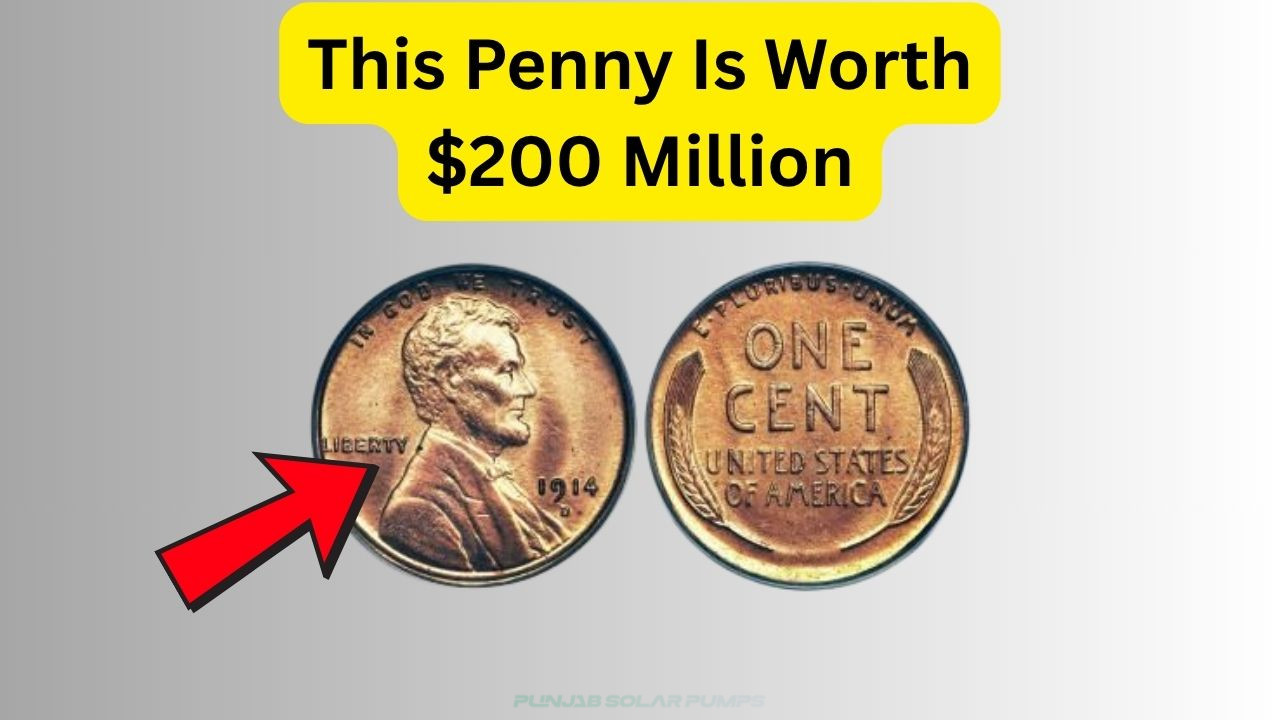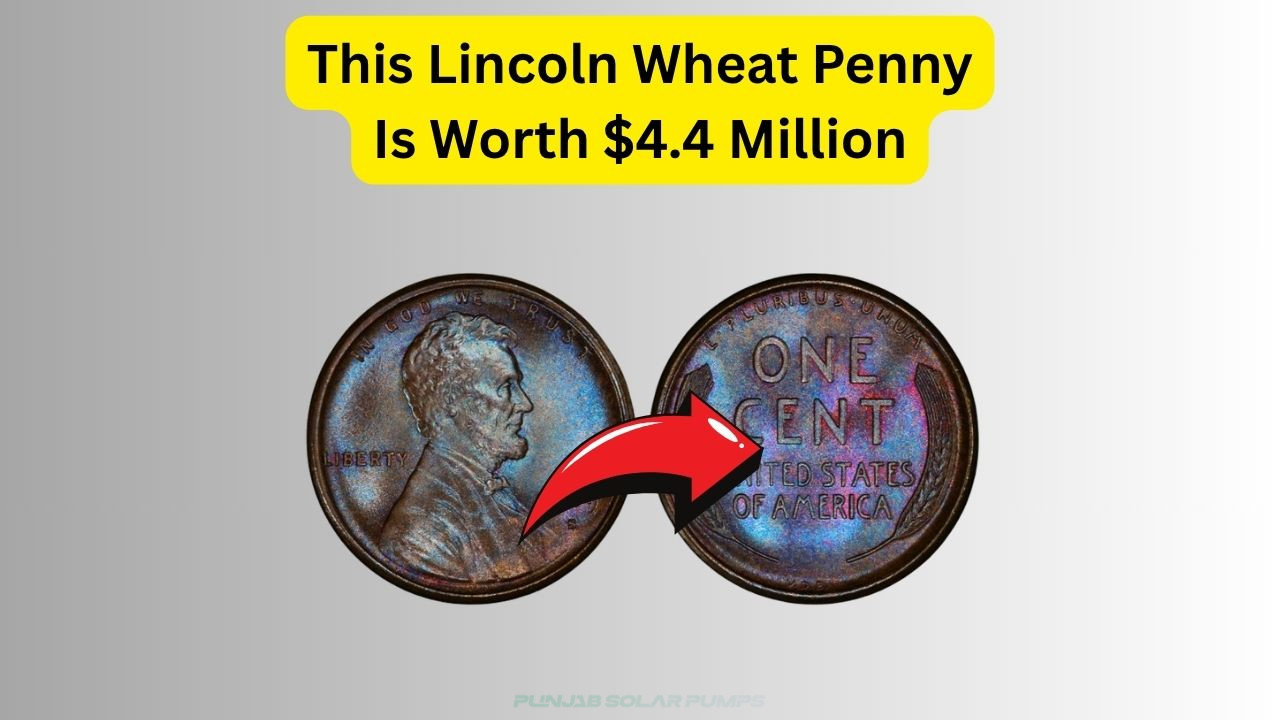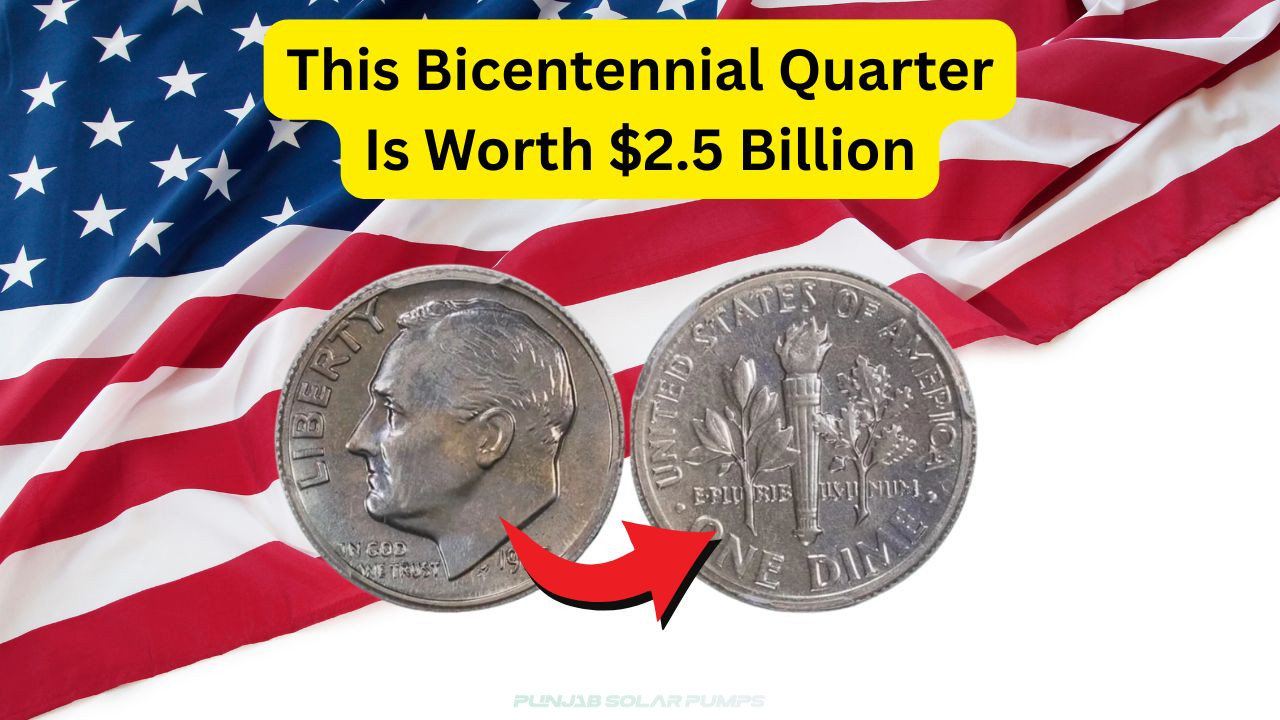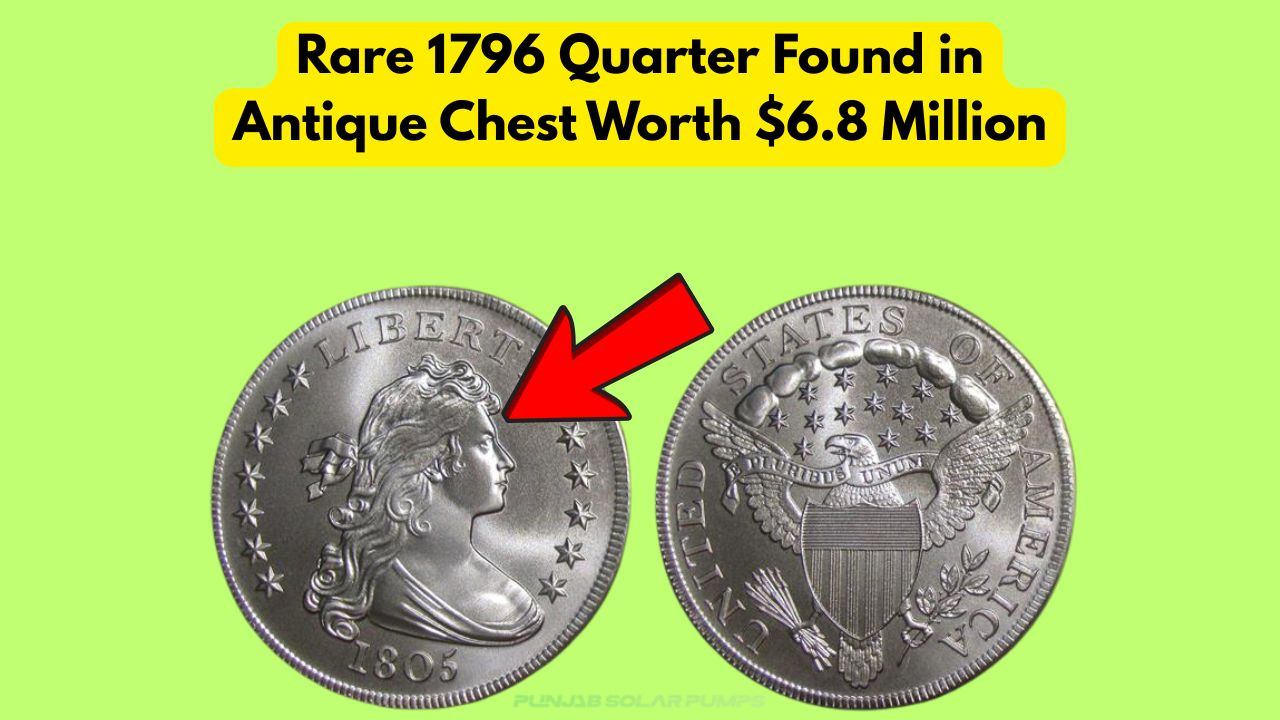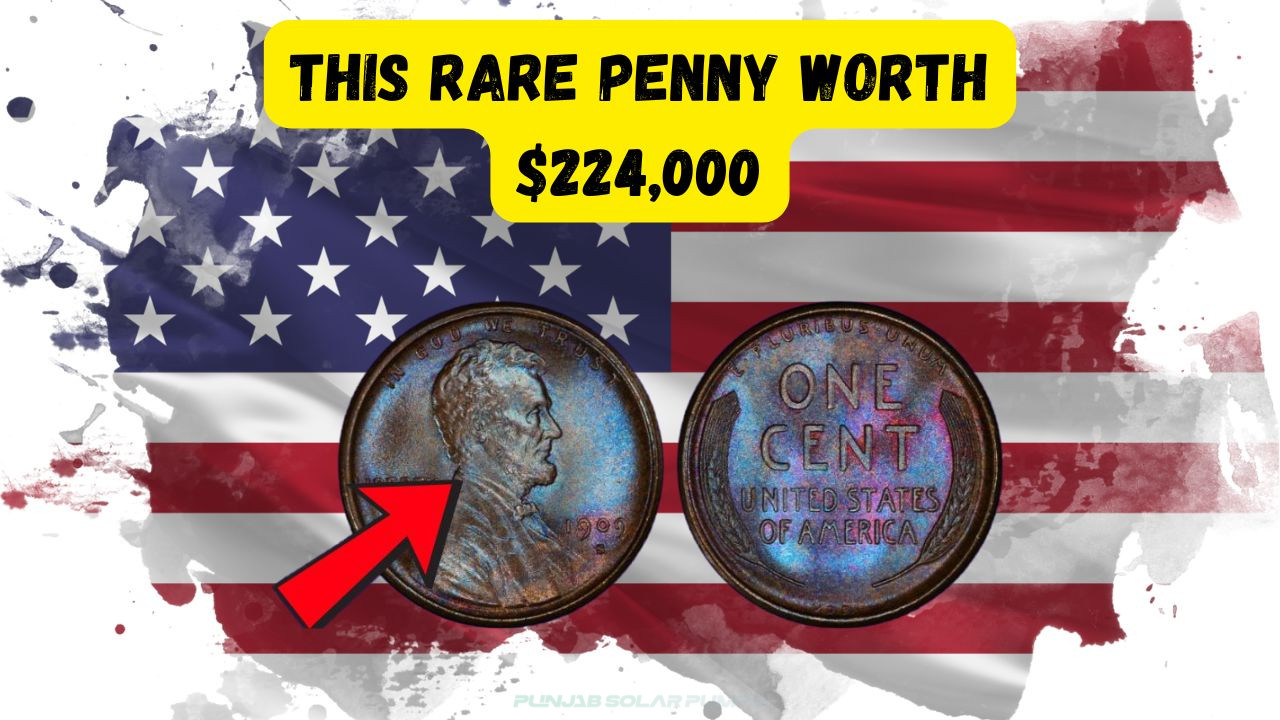Lincoln Wheat Penny Worth $200 Million: Imagine finding a small copper coin in your loose change that holds the potential of a $200 million fortune. This is no fairy tale but a tantalizing reality with the Lincoln Wheat Penny, a rare coin that has captivated collectors and treasure hunters alike. Not just a piece of currency, the Lincoln Wheat Penny is a symbol of American history and numismatic intrigue.
The Enigmatic Lincoln Wheat Penny
The Lincoln Wheat Penny, minted from 1909 to 1958, is more than just a relic from the past. It represents a significant era in American numismatics, cherished for its unique design and historical significance. The obverse of the coin features the iconic profile of President Abraham Lincoln, commemorating his centennial birth year, while the reverse showcases two stalks of wheat, symbolizing abundance and prosperity. Over the years, this penny has become a sought-after collector’s item, especially rare editions like the 1909-S V.D.B. and the 1955 Doubled Die.
- First minted in 1909
- Features Abraham Lincoln’s profile
- Reverse design includes wheat stalks
- Valuable editions include 1909-S V.D.B.
- Highly sought after by collectors
The Hunt for Rare Editions
Treasure hunters and numismatists across the globe are constantly on the lookout for rare Lincoln Wheat Pennies. The allure of uncovering one of these valuable coins in circulation adds an element of mystery and excitement to the world of coin collecting. Some of the most coveted editions, like the 1909-S V.D.B. and the 1914-D, are known to fetch hefty sums at auctions, sometimes reaching into the millions. These rare coins are often discovered in unsuspecting places, such as old coin jars, estate sales, or even in pocket change.
- 1909-S V.D.B. is extremely rare
- 1914-D is another valuable edition
- Can be found in old collections
- Often surface at estate sales
- Occasionally appear in circulation
Understanding the Value
The value of a Lincoln Wheat Penny is determined by several factors, including its rarity, condition, and historical significance. Coins that have been well-preserved and graded by professional services tend to command higher prices. For instance, a 1943 copper penny, a rare error coin, was sold for over a million dollars. Enthusiasts and investors alike should understand the grading system, which ranges from Poor to Mint State, as it can significantly impact a coin’s market value.
Collectors often use resources like the Red Book or online databases to assess a coin’s worth. Participating in coin shows and auctions can also provide insights into current market trends and valuations. The market for these pennies is dynamic, with prices fluctuating based on demand and availability. Therefore, staying informed and connected with the numismatic community is essential for anyone looking to invest in these historical treasures.
| Year | Mint Mark | Variety | Estimated Value | Condition |
|---|---|---|---|---|
| 1909 | S | V.D.B. | $2,000 – $5,000 | Mint State |
| 1914 | D | Regular Strike | $150 – $3,000 | Fine |
| 1922 | No D | Weak Reverse | $500 – $12,000 | Very Fine |
| 1943 | Any | Copper | $100,000+ | Mint State |
| 1955 | Any | Doubled Die | $1,000 – $20,000 | Fine |
| 1958 | Any | Doubled Die | $50,000+ | Mint State |
| 1959 | Any | Transitional Error | $10,000+ | Very Fine |
Why Are They Still Out There?
One might wonder why such valuable coins remain in circulation. The truth is, many people are unaware of the potential value of the coins they handle daily. Others might have inherited these coins without realizing their worth. Additionally, some rare pennies have been lost or misplaced over the decades, only to resurface years later. This contributes to the ongoing treasure hunt, as enthusiasts continue to hope for that serendipitous moment when they find a rare penny hidden in plain sight.
- Lack of awareness among the public
- Inherited collections remain unchecked
- Coins often misplaced over decades
- Resurface in unexpected places
How to Identify Valuable Pennies
Identifying a valuable Lincoln Wheat Penny requires a keen eye and some knowledge of coin features. Collectors should look for specific mint marks, such as the ‘S’ for San Francisco or ‘D’ for Denver, which can indicate rarity. Additionally, error coins, like the Doubled Die or Transitional Error, are particularly valuable. Examining the coin’s condition, using magnification tools to spot imperfections or unique markings, is crucial in determining its potential worth.
- Check for rare mint marks
- Look for error coins
- Use magnification tools
- Assess coin condition carefully
Where to Search for Rare Pennies
Searching for rare Lincoln Wheat Pennies can be an exciting adventure. Start by examining your own loose change or any old piggy banks and jars. Estate sales and garage sales can also yield surprises, as people often sell off inherited collections without knowing their true value. Additionally, attending coin shows and joining numismatic clubs can provide opportunities to exchange knowledge and discover rare finds.
| Location | Potential Finds | Tips |
|---|---|---|
| Loose Change | Common and rare pennies | Check daily change |
| Old Jars | Inherited coins | Look for old jars in attics |
| Estate Sales | Collections | Attend regularly |
| Garage Sales | Hidden gems | Negotiate wisely |
| Coin Shows | Rare finds | Interact with experts |
Investing in Lincoln Wheat Pennies
Investing in Lincoln Wheat Pennies can be both rewarding and profitable if approached thoughtfully. It’s important to research and understand the market trends and historical prices. Building a network of fellow collectors and professional appraisers can provide valuable insights and guidance. Additionally, purchasing coins from reputable dealers ensures authenticity and fair pricing. Keeping abreast of auction results and industry news can also help in making informed investment decisions.
- Research market trends
- Network with collectors
- Purchase from reputable dealers
- Stay informed on industry news
Preserving Your Collection
Proper preservation of your Lincoln Wheat Penny collection is essential to maintain its value. Coins should be stored in protective holders or albums to prevent damage from handling or environmental conditions. Avoid cleaning the coins, as this can reduce their value. Instead, consult with professional conservators for advice on preservation techniques. Regularly inspecting the collection for any signs of deterioration ensures the longevity of these historical artifacts.
- Use protective holders
- Avoid cleaning coins
- Consult professional conservators
- Inspect collection regularly
Rising Popularity of Coin Collecting
Numismatics on the Rise
More Collectors Join the Hunt
Investments in Rare Coins Increase
Online Platforms Facilitate Sales
Educational Resources Expand
